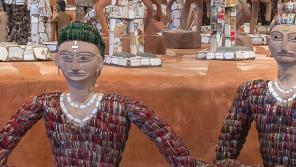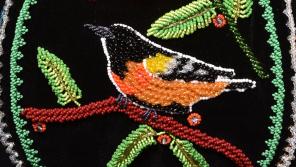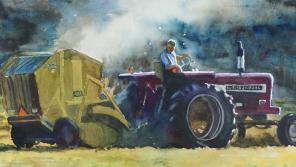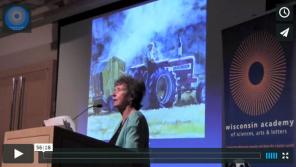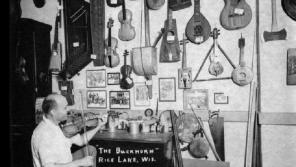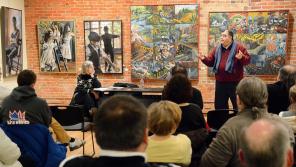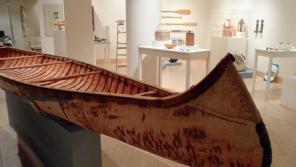rural and folk arts
Ruth DeYoung Kohler's visionary Art Preserve, the first musem of its kind in the counry, promises to be an unconventional art destination.
You might have noticed something different about our cover.
Showcasing the work of Wisconsin Oneida artists dedicated to the survival of one of their most important artistic traditions: Haudenosaunee (Iroquois) raised beadwork.
The Wisconsin Regional Art Program (WRAP) has been changing the lives of Wisconsinites both rural and urban since 1940.
Explore the history and future of rural arts in Wisconsin with two of its greatest leaders: Maryo Gard Ewell and Helen Klebesadel.
Wisconsin Academy Fellow and folklorist James P. Leary guides us through a brief musical history of America’s Upper Midwest.
Art that interacts with and improves local communities is essential for maintaining—and improving—our quality of life in Wisconsin.
As a part of the Vital Skills exhibition at the James Watrous Gallery, exhibitions manager Jody Clowes convenes a conversation about the importance and relevance of preserving traditional skills and the best means for passing them on.
Artists and artisans who are preserving craft traditions like harness-making, decoy carving, blacksmithing, papermaking, weaving, and more carry knowledge accumulated from thousands of individuals over hundreds of years. And yet the accumulated knowledge and experience is surprisingly fragile.
In this Academy Evening talk, panelists Donna Neuwirth and Jay Salinas of the Wormfarm Institute in Reedsburg, Wisconsin, and Mitch Menchaca of Americans for the Arts in Washington, DC, share perspectives on how to build community—especially in sm
- 1 of 2
- next ›
Contact Us
contact@wisconsinacademy.org
Wisconsin Academy Offices
1922 University Avenue
Madison, Wisconsin 53726
Phone: 608.733.6633
James Watrous Gallery
3rd Floor, Overture Center for the Arts
201 State Street
Madison, WI 53703
Phone: 608.733.6633 x25

